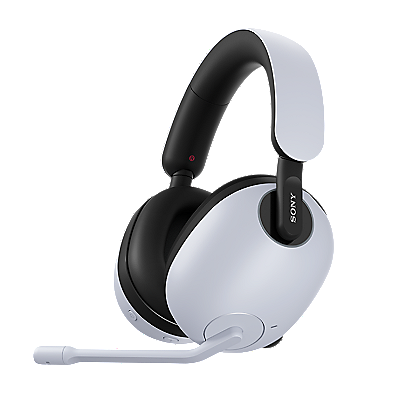Basic knowledge → Factors of Defocus
Factors of Defocus
The ability to freely enjoy defocus rendering is one of the features that only interchangeable lens digital cameras with a large sensor can offer. By defocusing the background and foreground of the subject, the subject will look more impressive.
To control the amount of defocus, four factors are important: aperture (f-number), focal length, focusing distance, and distance to the background. You can create defocus the way you want by combining these factors effectively.
- F-number: Make this smaller to defocus more.
- Focal length: Make this longer to defocus more.
- Focusing distance: Make this shorter to defocus more.
- Distance to the background: Make this longer to defocus more.
1. Aperture (f-number)
The status of the aperture is represented by a number called f-number. The smaller the f-number is, the larger the amount of defocus becomes. The larger the f-number is, the smaller the amount of defocus becomes.
F-number: 2.8 F-number: 16
These photographs were shot from the same position, while changing only the f-number setting. With F2.8, the focal point is on the red glass bead, and the foreground and background are defocused. With F16, the focal point on the red bead, as well as other beads in front and behind, appear clearly without being defocused.
2. Focal length
Focal length also affects the amount of defocus. It becomes larger when the focal length is longer, and smaller when the focal length is shorter. If you use a zoom lens, you can increase the amount of defocus by shooting at the telephoto side.
Focal length: 35 mm Focal length: 250 mm
The above photographs were shot with the same zoom lens, at 35 mm (wide side) and 250 mm (telephoto side) respectively. The photographer moved the camera so that the foreground flowers appear in the same size in both photographs. As in this example, if there is enough space to move around, you can defocus the background greatly by moving a little away from the subject and shooting at the telephoto side.
3. Focusing distance (distance between the camera and the subject)
The amount of defocus changes based on the camera settings, such as aperture and focal length, and also based on the distance between the camera and the subject. Background defocus increases as you move the camera closer to the subject. However, there is a limit on how close you can get to the subject. The photographs below were shot while changing only the focusing distance. Photograph [1] shot was from 150 cm away from the subject. By comparison, a larger area of the image, except for the in-focus area, is defocused in photograph [2], which was shot from 50 cm away.
[1] Shot from 150 cm away from the subject [2] Shot from 50 cm away from the subject
4. Distance between the subject and the background
The amount of defocus is affected by the distance between the camera and the subject, and also by the distance between the subject and the background. The farther the background is from the subject, the more it is defocused. In the photographs below, the lens on the right side was moved back to different positions to compare the amount of defocus.
Both lenses are located at the same distance from the camera. The lens on the right side is moved back about 15 cm. The lens on the right side is moved back about 30 cm.
The focus is fixed to the lens on the left side. You can see that the background is defocused more as it gets farther from the focal point (where the subject is located). In situations where you can move background objects (for instance, when shooting small items on the table), you can adjust the amount of defocus the way you want by moving the main subject and background objects.
So, four factors determine the amount of defocus; however, all four factors are not always necessary to create defocus. Adjust each factor to obtain defocus effectively based on your shooting conditions.






















